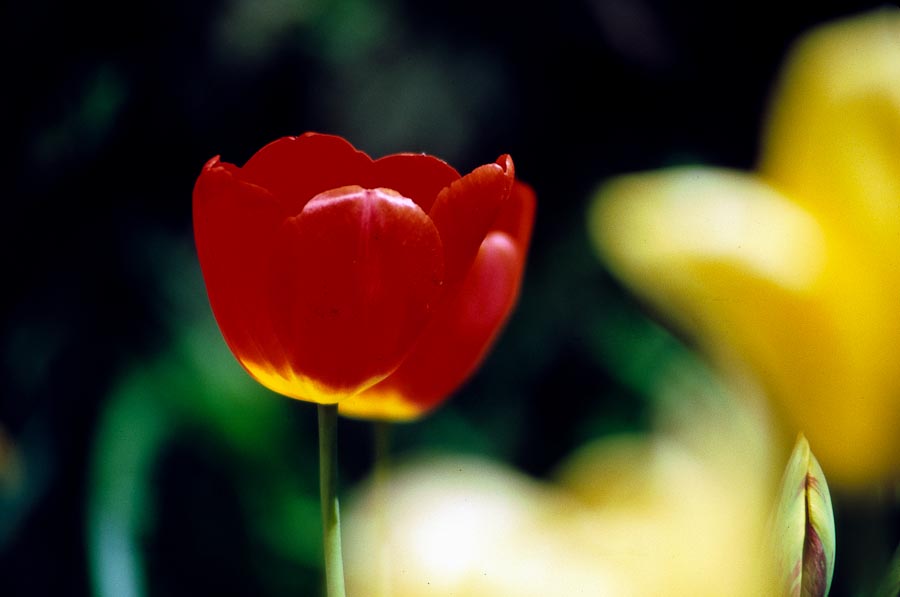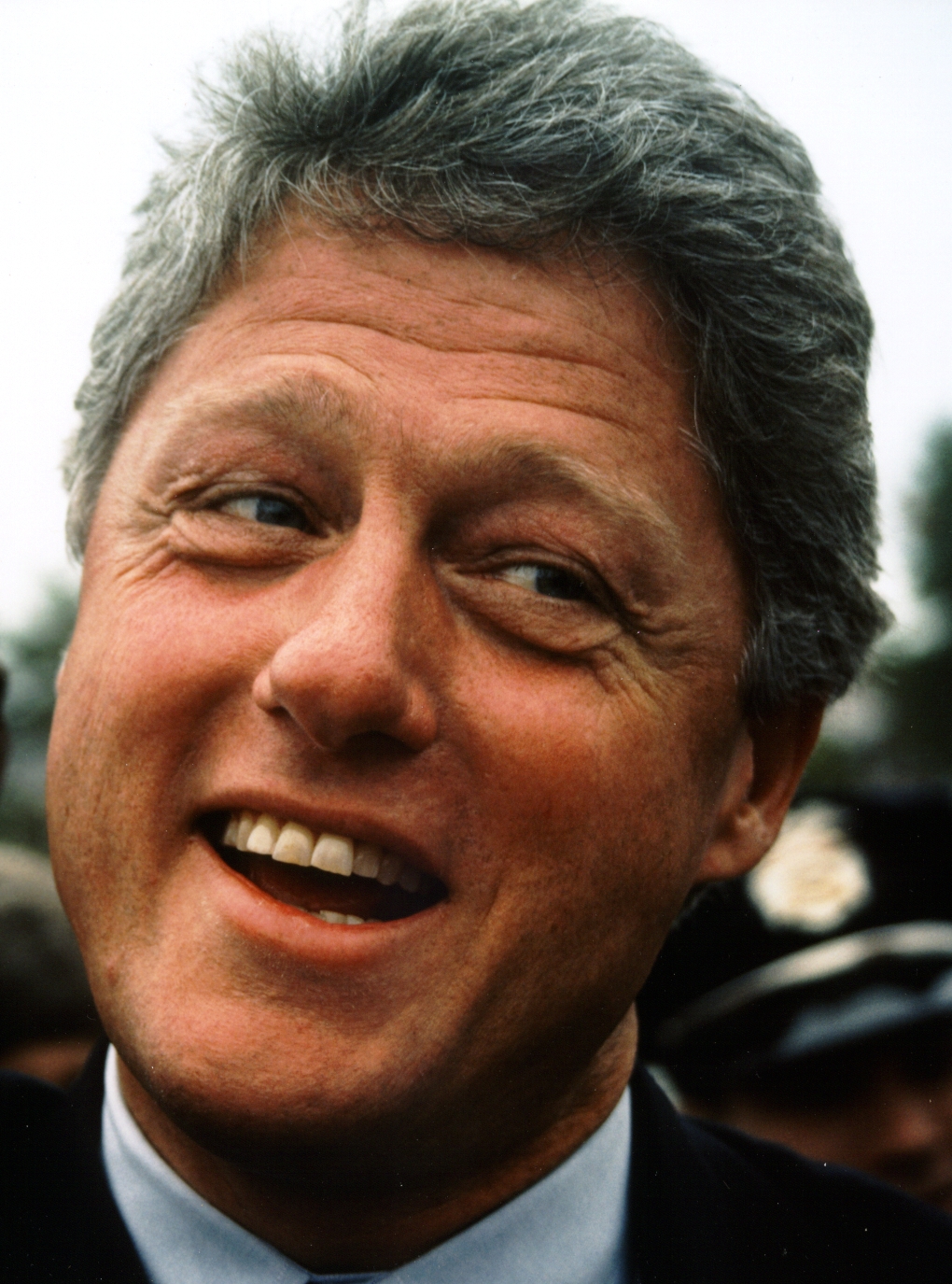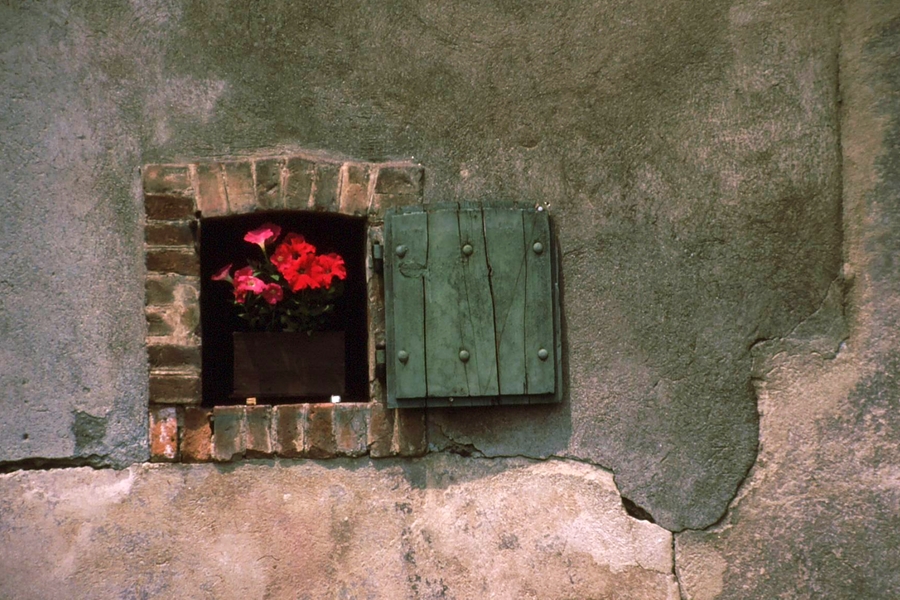The last Kodachrome processing machine is gone:
In the last weeks, dozens of visitors and thousands of overnight packages have raced [to Dwayne's Photo in Parsons, Kansas], transforming this small prairie-bound city not far from the Oklahoma border for a brief time into a center of nostalgia for the days when photographs appeared not in the sterile frame of a computer screen or in a pack of flimsy prints from the local drugstore but in the warm glow of a projector pulling an image from a carousel of vivid slides.
In the end, it was determined that a roll belonging to Dwayne Steinle, the owner, would be last. It took three tries to find a camera that worked. And over the course of the week he fired off shots of his house, his family and downtown Parsons. The last frame is already planned for Thursday, a picture of all the employees standing in front of Dwayne’s wearing shirts with the epitaph: "The best slide and movie film in history is now officially retired. Kodachrome: 1935-2010."
I used the film for close to 90% of my color work from 1983 to 2000, when I took my last Kodachrome photo at Lake Sacandaga, N.Y. Red always made the most striking Kodachrome slides; I don't know if a scanner exists that can duplicate it:

Boston Public Garden, 10 May 1986
But wow, was that film hard to use. It had an exposure latitude of about 1 stop, meaning you had to hit the exposure dead on to get a usable shot. A slight underexposure bias seemed to yield richer colors, so I always set my meter down a third of a stop (to ASA 80 when using Kodachrome 64, for example). And it was slow, so slow; until Kodachrome 200 came down in price in 1986, I used 64 (or even 25) most of the time. As side effect, it forced wider apertures to use reasonable shutter speeds in anything but bright sunlight. And at about 60c per shot (including developing), it led to more considered shooting. I probably wouldn't have gotten this using a digital camera or a faster film, for example:

Arkansas Gov. Bill Clinton, Burlington, Vt., 26 September 1992
I miss Kodachrome, but not enough to keep shooting with it. I just hope the dyes last for another 50 years or so, and that sometime before they fade too much I find a scanner that can capture their true colors.

Rolle, Switzerland, 17 June 1992